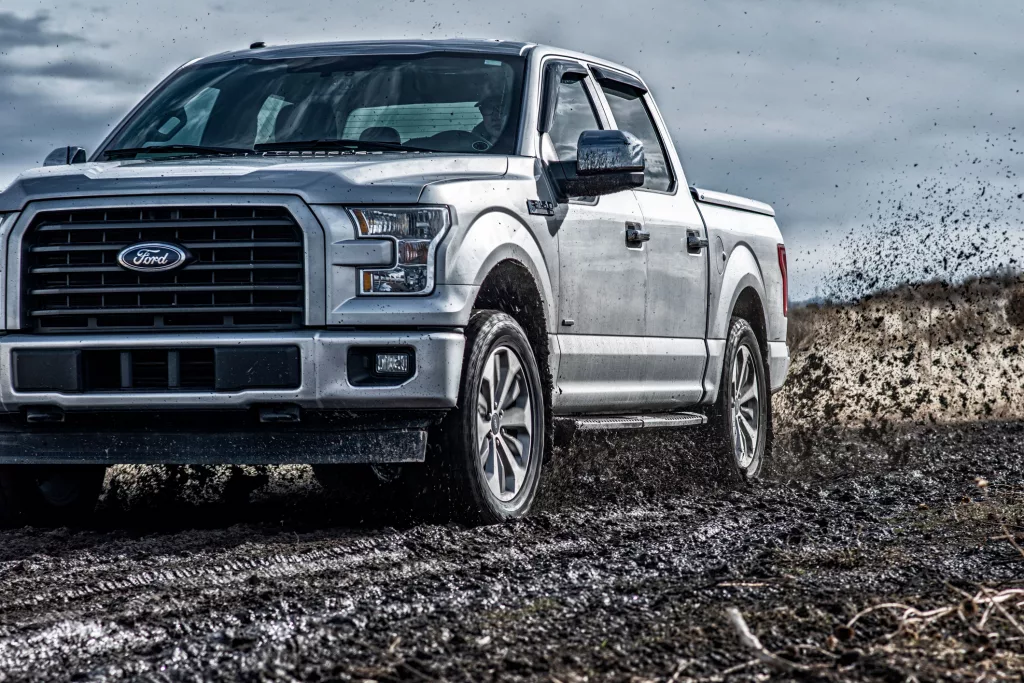Staying ahead of the curve in B2B marketing is not just an advantage; it’s a necessity. Increasingly, traditional methods, such as the sales funnel, can sometimes struggle to keep pace with the dynamic nature of customer behaviors and expectations. Enter the flywheel model, a new approach that promises a more holistic and effective strategy for customer engagement and retention. Is this model really reshaping the B2B marketing landscape? It is, and it could be the game-changer your business needs.
Unveiling the Limitations of Traditional Sales Funnels
For decades, the sales funnel has been a foundational concept in marketing, guiding countless campaigns and strategies. However, this linear model is showing signs of age in the face of modern customer journeys. The digital era has empowered customers with information and choices like never before, rendering the once straightforward path from awareness to purchase a complex web of interactions and touchpoints. Moreover, the sales funnel often falls short in nurturing post-purchase relationships, a critical oversight given the importance of customer retention and advocacy in today’s competitive market.

Embracing the Flywheel: A Holistic Approach to B2B Marketing
The flywheel model offers a fresh perspective that aligns seamlessly with the interconnected world we live in. Unlike the funnel, the flywheel places the customer at its core, emphasizing the momentum of attracting, engaging, and delighting customers in a continuous cycle. This dynamic approach recognizes the value of every customer interaction, leveraging satisfied clients as advocates to propel further growth. By focusing on nurturing long-term relationships, the flywheel fosters an environment where customer satisfaction fuels business success.
Content Marketing: The Fuel for Your Flywheel Strategy
At the heart of the flywheel model lies content marketing, a critical component that powers each phase of the customer journey. In the attract stage, insightful and relevant content draws potential customers to your brand, establishing a foundation of trust and authority. Moving into the engage phase, personalized content nurtures these relationships, guiding prospects through their decision-making process. Finally, in the delight stage, exceptional content continues to engage customers post-purchase, fostering loyalty and encouraging advocacy. Through a strategic blend of creativity and analysis, content marketing not only fuels the flywheel but also amplifies its impact, driving sustainable growth.
Implementing with a CRM: Seamless B2B Marketing
Embracing the flywheel model might seem daunting, but with CRM tools like HubSpot, the transition can be both smooth and rewarding. The flywheel model offers a fresh approach to traditional sales funnels, promising a more engaging and effective approach to B2B marketing. By focusing on the continuous cycle of attract, engage, and delight, businesses can foster lasting relationships with their customers, turning satisfaction into a powerful driver of growth. With the right strategies and tools, transitioning to the flywheel model can boost your marketing efforts, setting the stage for sustained success.




